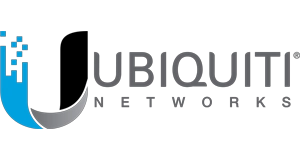Computer viruses have come a long way since the first one was released by BBN technologies back in 1971, dubbed the ‘Creeper System’. It demonstrates what a self-replicating piece of malicious code could do. The internet age ushered in a new wave of viruses, which leveraged this new ever-connected world to spread and infect. Anti-virus technologies, as the frontline for our protection, have therefore had to adapt constantly.
The History
Antivirus software was once reliant on locally installed source code connecting to a networked database of known threats, flagging what it felt was malicious activity when it noticed. Nowadays, this has been taken to the next level with artificial intelligence (AI) driven scanning and protection. Here, a very light weight application is installed on the machine and all the processing takes place in the cloud (the antivirus providers servers). The benefits to this are twofold, firstly anti-virus software in its on-premise version has traditionally been heavy, sucking up much needed system resources such as RAM and CPU bandwidth. Secondly, the capacity for machine learning and development of algorithms to stop these malicious attacks have exponentially increased in this second instance as there is a greater input of data from machines the world over.
Best In Class Tools Protecting Your Business
One of the best products currently on the market comes from Cylance who have spent several years building and developing their AI platform to block emerging threats. On average the tools have the ability to block threats 25 months before first detection in the wild. What this does is shift your security posture from being reactive to proactive, saving countless hours of maintenance and system downtime. There is also a suite of products to suit every purpose, from home application to enterprise level solution.
So How Does It All Work?
Effectively it takes a four-step approach. The first step is the AI profiling of billions and billions of files, creating a profile of file behaviours. The next step is to scan the file across over 2.7 million consideration points. Thirdly, machine learning will qualify the features of the file, giving it an internally benchmarked score before finally deciding whether it is safe to execute or quarantine the file for further human investigation and it all happens in the blink of an eye!
Most of us would utilise hardware in both a workplace and home environment and it is crucial for us to better understand the modern tools available to us to prevent the threats of viruses and malware. If you still have questions about keeping your data safe, or have any further queries about rolling out AI driven threat protection in your workplace, reach out to one of our product experts.







